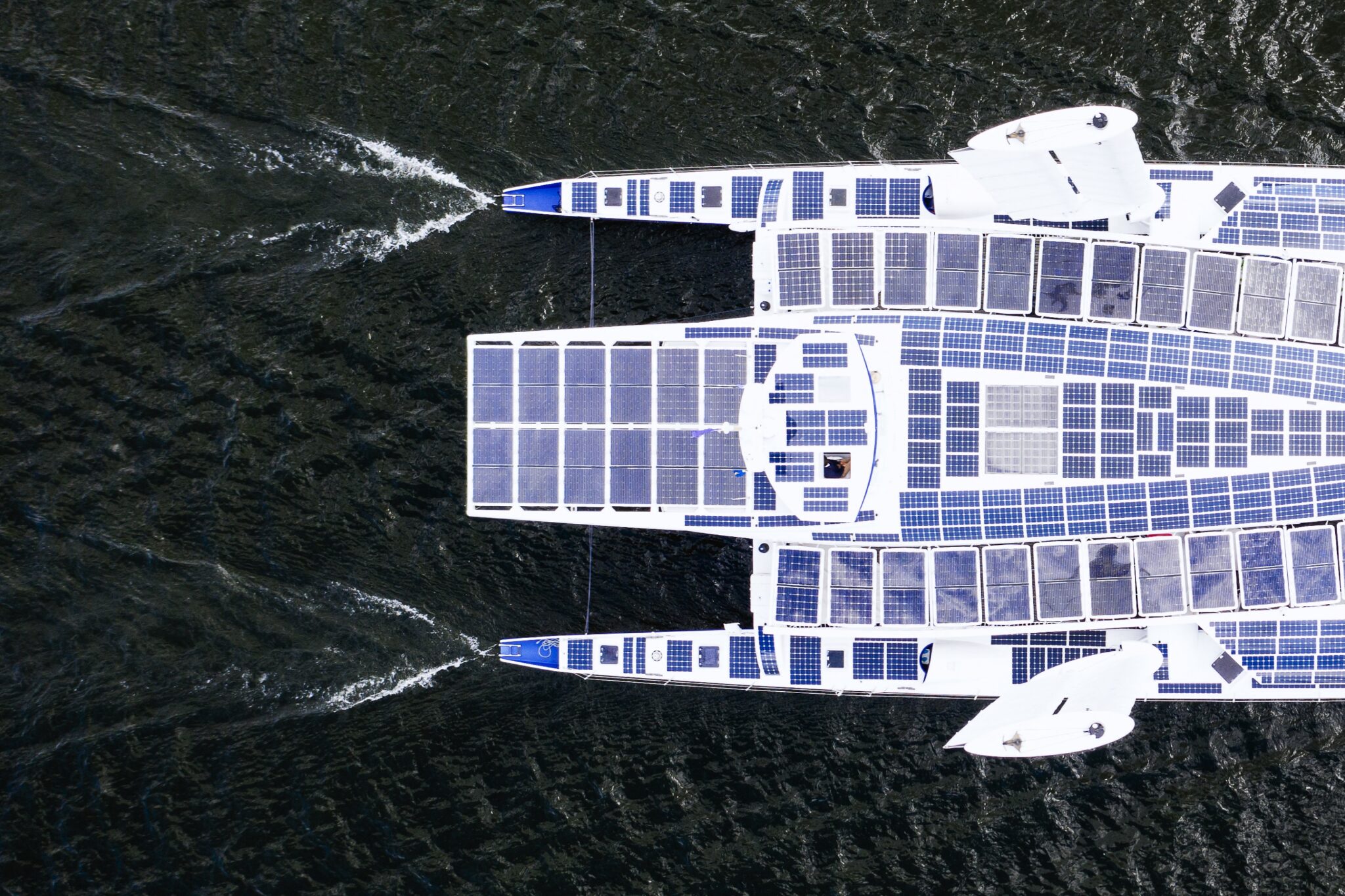
Five years after the launch around the world of a laboratory boat capable of producing its own hydrogen, the entrepreneur Energy Observer head Victorien Erussard announced on Sunday the development by 2025 of a zero-emission multi-purpose cargo vessel.
“We are no longer on a reconnaissance ship but on an industrial freighter”explained to AFP that the former skipper has been converted to green entrepreneurship.
This future freighter will be 120 meters long, 22 meters wide and has a loading capacity of 5,000 tons, which corresponds to 240 containers or 500 linear meters of vehicle load.
It will be fully electric and equipped with batteries. As for fuel, to generate electricity, it will be equipped with liquid hydrogen tanks. It will also have a sailing assistance.
“This type of multi-purpose vessel represents 37% of the world fleet, so if we succeed in demonstrating that we can transport goods with this technology without producing emissions, we may have the opportunity to decarbonise about a third of the world fleet »underlined Victorien Erussard.
At a cost of 80 million euros, the ship in the colors of the French flag and with futuristic lines will be able to be commercially operated on intra-European lines for about thirty years.
“It will be a technological breakthrough boat, built in collaboration with the best French manufacturers”Mr. Erussard boasted, assuring him that it would be built in a French shipyard with partners such as the Air Liquide group or the shipowner CMA CGM.
“It is an important contribution to French industrial excellence for a transformation, in synergy with the whole ecosystem, of fleets of ships”welcomes Frédéric Moncany de Saint-Aignan, president of the French maritime cluster, in a press release.
Maritime transport emits more than a billion tons of CO2 annually, the equivalent of a country like Japan, not counting the emissions of particulate matter, Energy Observer recalled in its press release.
The International Maritime Organization (IMO) has identified a reduction in the sector’s CO2 emissions of at least 40% by 2030 compared to 2008 and 50% by 2050.
Since the first expedition in June 2017, the laboratory vessel “Energy Observer 1” has traveled more than 48,000 nautical miles around the world, using solar energy, hydrogen produced by electrolysis from seawater and automated rigid wings.
AFP